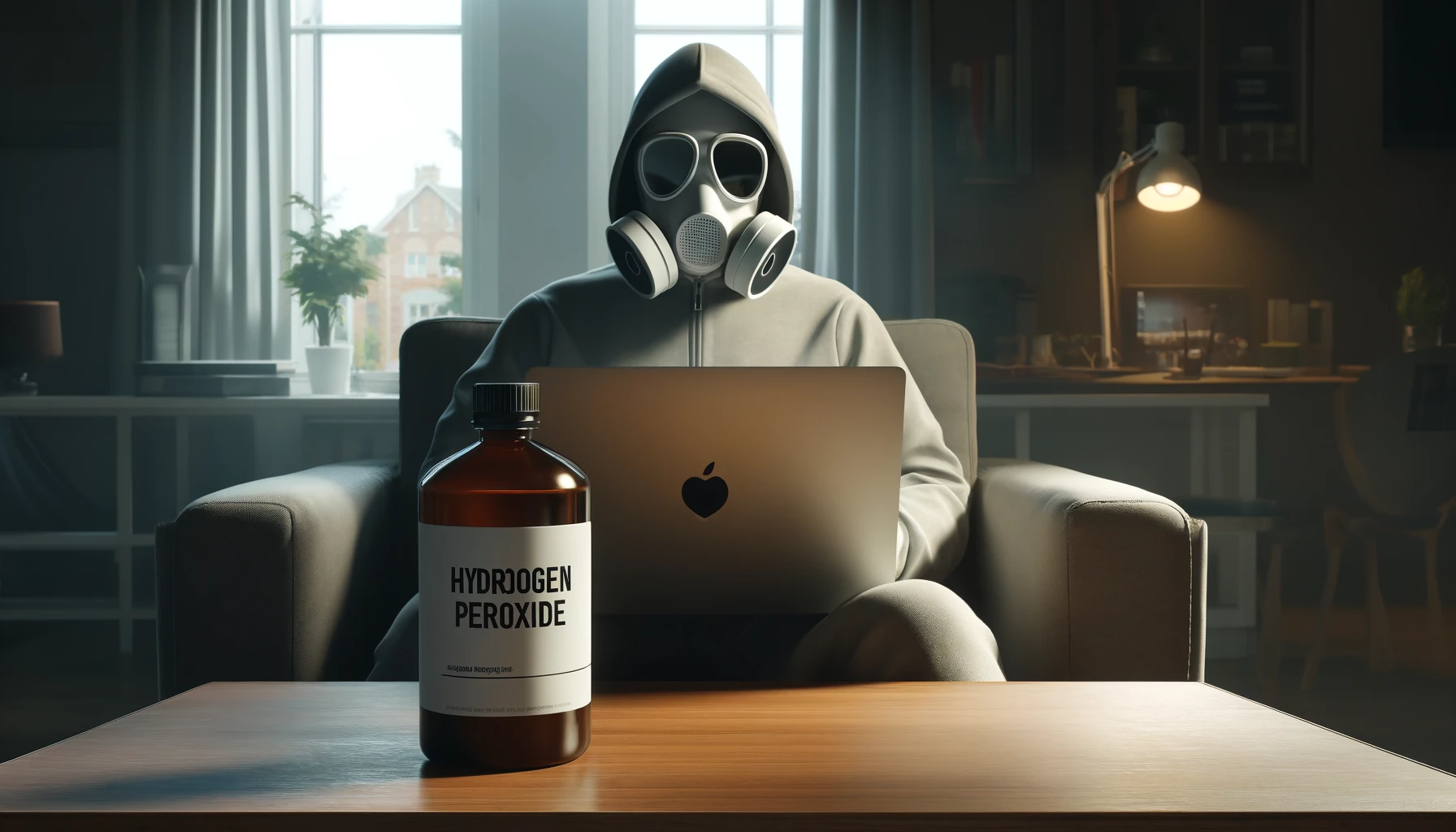Check out this answer from Consensus:
Hydrogen peroxide inhalation therapy shows potential as an effective treatment for infections, particularly when used in combination with other antimicrobial agents. Its strong bactericidal properties and ability to reduce environmental contamination make it a valuable tool in infection control. However, more clinical studies are needed to fully establish its efficacy and safety for inhalation therapy in treating infections. The promising results from studies on environmental disinfection and combined therapies warrant further investigation into the broader applications of hydrogen peroxide in clinical settings.
Hydrogen peroxide (H2O2) is widely recognized for its antimicrobial properties and is commonly used for disinfection and sterilization purposes. Recently, there has been growing interest in the potential therapeutic applications of hydrogen peroxide, particularly in the form of inhalation therapy for treating infections. This article aims to explore the effectiveness of hydrogen peroxide inhalation therapy for infections by reviewing relevant research findings.
Mechanism of Action
Hydrogen peroxide exerts its antimicrobial effects primarily through the production of reactive oxygen species (ROS), which can damage cellular components of pathogens, leading to their death. The formation of hydroxyl radicals (•OH) through the iron-dependent Fenton reaction is a key mechanism by which hydrogen peroxide kills bacteria such as Staphylococcus aureus10.
Clinical Applications and Efficacy
Environmental Disinfection
Hydrogen peroxide has been extensively studied for its role in environmental disinfection, particularly in healthcare settings. A systematic review highlighted the effectiveness of airborne hydrogen peroxide in reducing environmental contamination and controlling infections caused by pathogens such as meticillin-resistant Staphylococcus aureus (MRSA) and Clostridium difficile1. Another study demonstrated significant reductions in Clostridium difficile infection rates and other healthcare-associated infections following the implementation of hydrogen peroxide vapor for room disinfection6.
Inhalation Therapy for Cerebral Infarction
While not directly related to infections, the inhalation of molecular hydrogen (H2) gas, which shares some properties with hydrogen peroxide, has shown promise in treating acute cerebral infarction. A randomized controlled clinical study found that H2 gas inhalation improved clinical outcomes and was safe for patients with acute cerebral infarction2. This suggests potential therapeutic benefits of inhaled hydrogen-based treatments, although further research is needed to confirm their efficacy for infections.
Bactericidal Efficacy
Hydrogen peroxide has demonstrated strong bactericidal activity against various pathogens. For instance, a study on dental unit water lines showed that hydrogen peroxide effectively reduced Legionella pneumophila load, indicating its potential for continuous treatment in dental settings3. Additionally, hydrogen peroxide was found to significantly reduce the bacterial burden of Cutibacterium acnes, supporting its use in surgical skin preparations4 5.
Combined Therapies
Combining hydrogen peroxide with other antimicrobial agents can enhance its effectiveness. A study investigating the treatment of genital tract mycoplasma infections found that hydrogen peroxide combined with clarithromycin significantly improved cure rates compared to clarithromycin alone9. This suggests that hydrogen peroxide can be a valuable adjunct in antimicrobial therapies.
